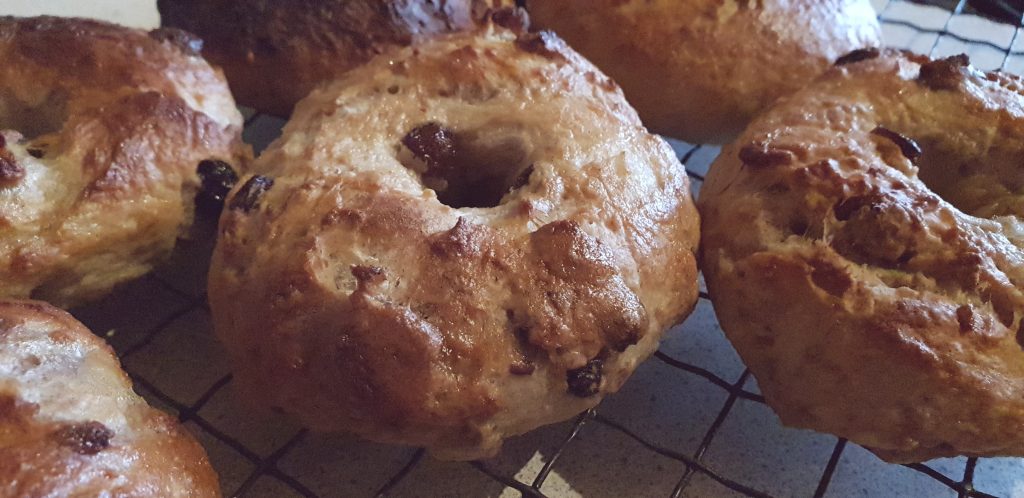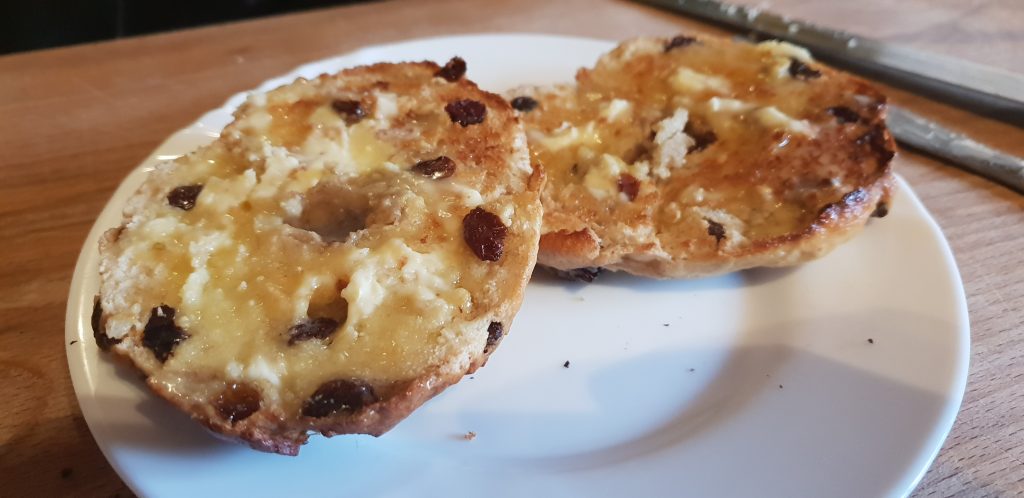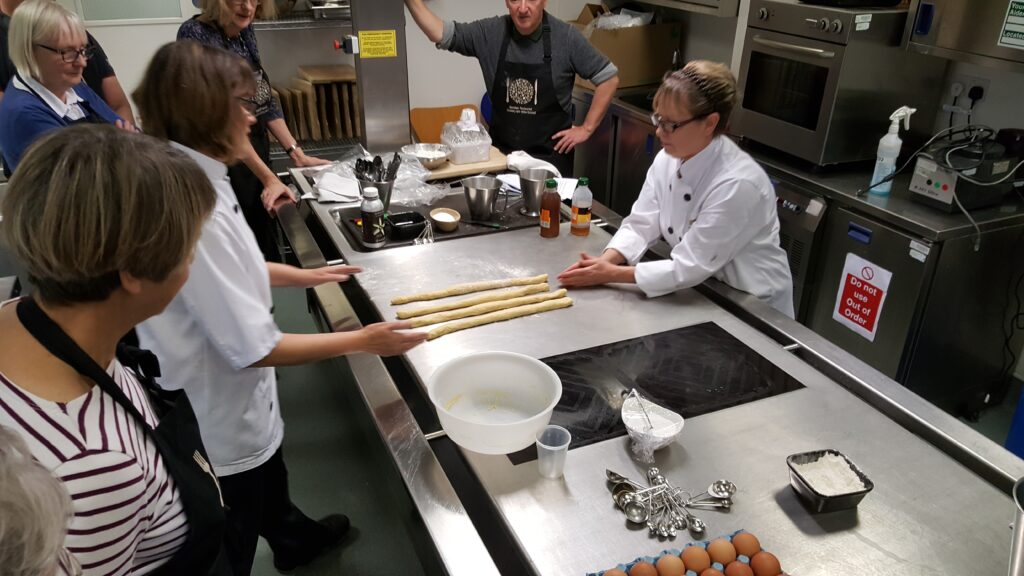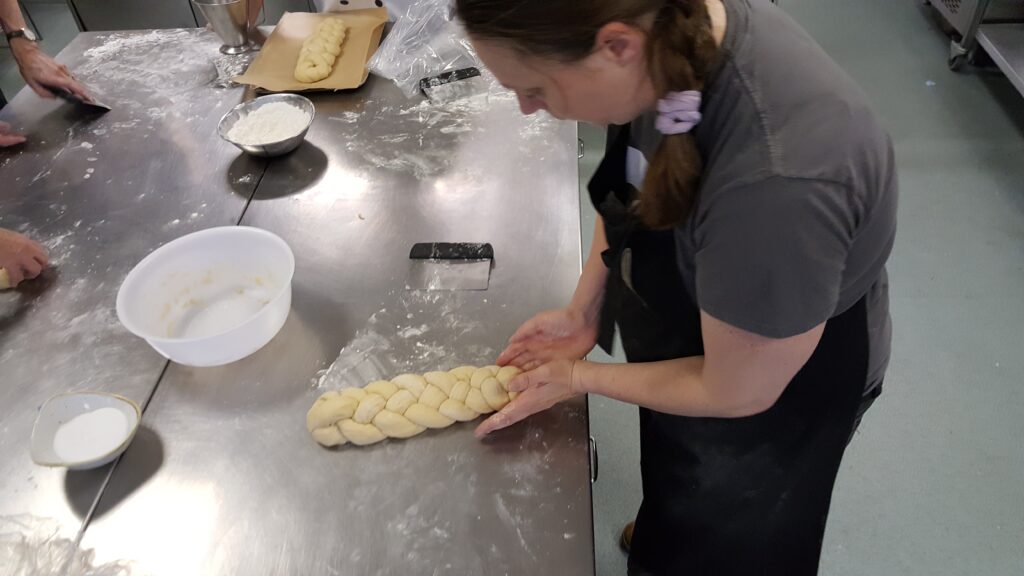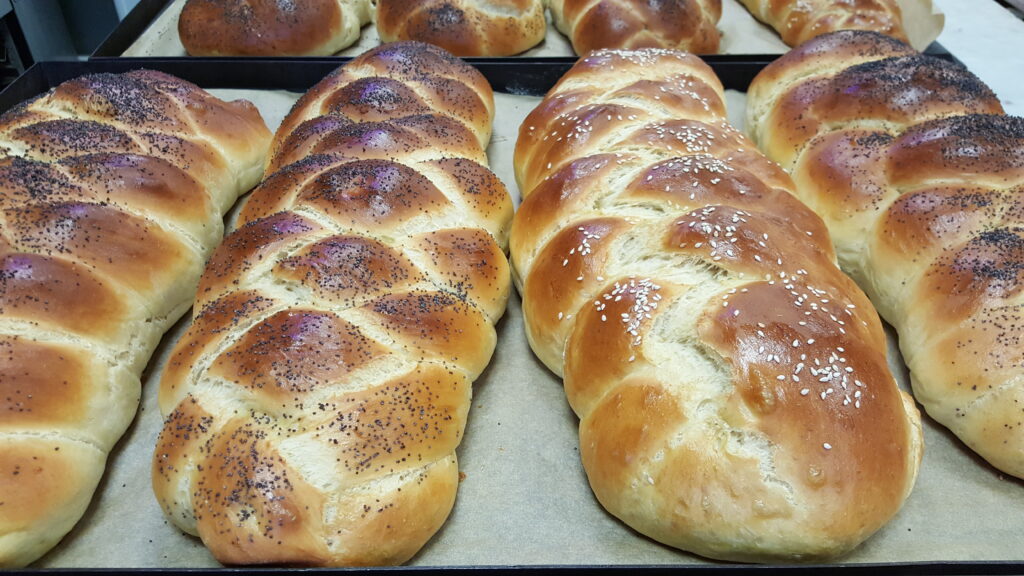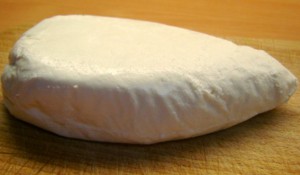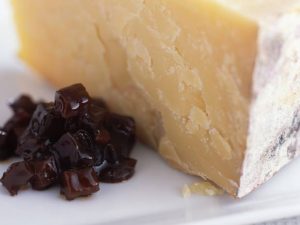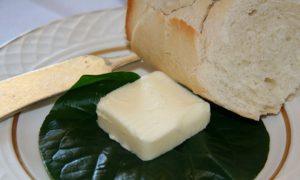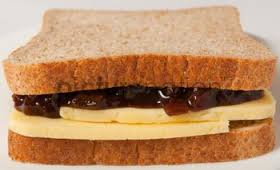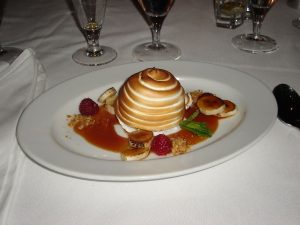This post is part of my attempt at Bloganuary 2024. Today’s prompt is:
What snack would you eat right now?
Pizza.
Always pizza.
Forever pizza.
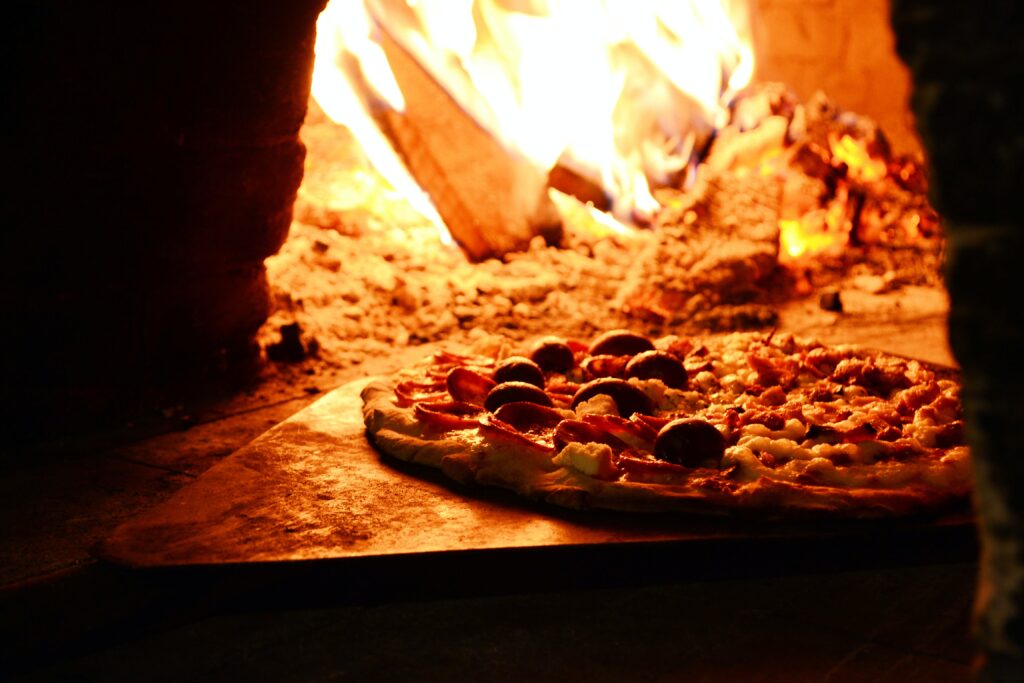
Do you know what I love about pizza? Everything. Every little thing1.
First up, it’s a bread product. Bread is magical. You take flour, water, a pinch of salt, and a certain other magical ingredient, knead it, let it rest, knock it back, and bake it, and you end up with food. The magical ingredient is yeast, and it’s a tiny living organism that eats carbohydrates and excretes a lot of carbon dioxide and a little bit of alcohol. Humans use both, but whether you’re brewing beer or baking bread the process feels somewhat mystical and otherworldly.
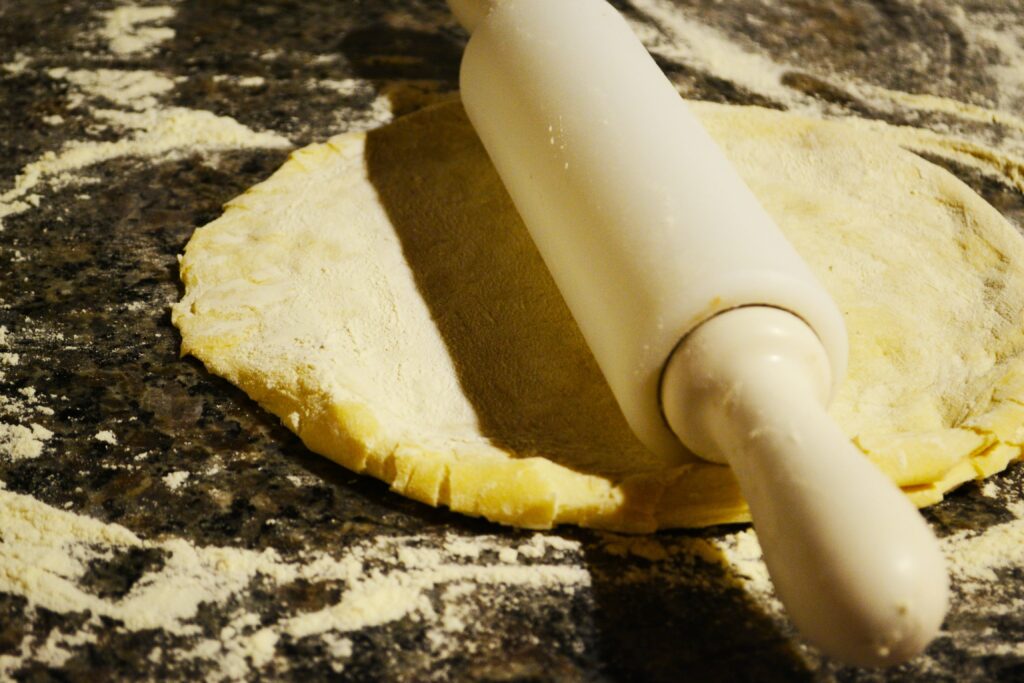
But it’s not like rising a loaf nor is it like finishing a flatbread. Pizza dough is risen, but kept thin to act as a base for everything else. And already there’s such variety: do you spin it out in a classic thin Neapolitan style to get those deliciously crispy leopard-print cornicione bites? Do you roll it out thick to hold a maximum depth of tomato sauce and other toppings when you pile it high, per the Chicago tradition? Do you go somewhere in-between? Or perhaps do something different entirely like a calzone or panzarotto? There’s no wrong answer, but already so many options.
Pizza is cooked fast: the relatively thin surface absorbs heat quickly, and you keep your oven hot, baking the bread and heating the toppings at the same time. If you’re feeling fancy and fun then you can add some extras as it cooks. Crack an egg into the centre, perhaps, or drizzle some chilli oil across the entire thing. Or keep it plain and simple and let the flavours combine as the dish cooks. Whatever you do, you’ll be enjoying delicious hot food within minutes of putting it into the oven: the cooking-speed to deliciousness ratio is perhaps the highest of any savoury food.
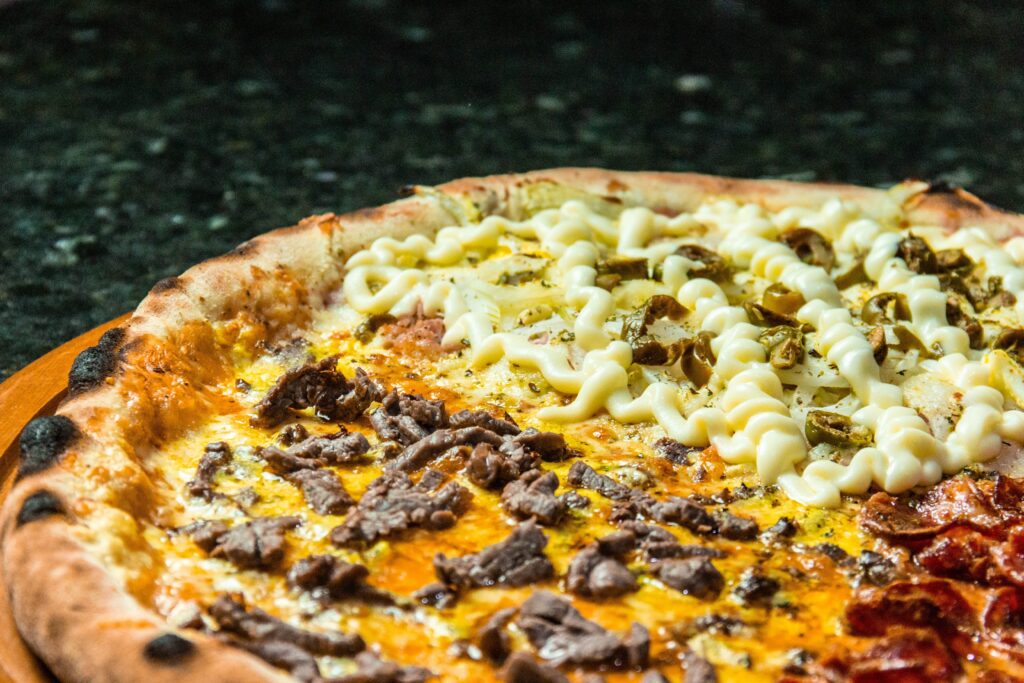
If my favourite meal is pizza3, my second-favourite has to be leftover pizza. Because it reheats easily and makes a great next-morning snack. Or can be enjoyed cold, hours or days after the fact. It’s even suitable for parbaking and chilling or freezing, making it an excellent convenience food4. It’s widely produced in a variety of styles (and qualities) in restaurants and takeaways wherever you go, and its convenient shape means that it can be boxed and stacked with little more help than, perhaps, one of those little plastic “tables” that stop the centre of the cardboard box sagging onto it.
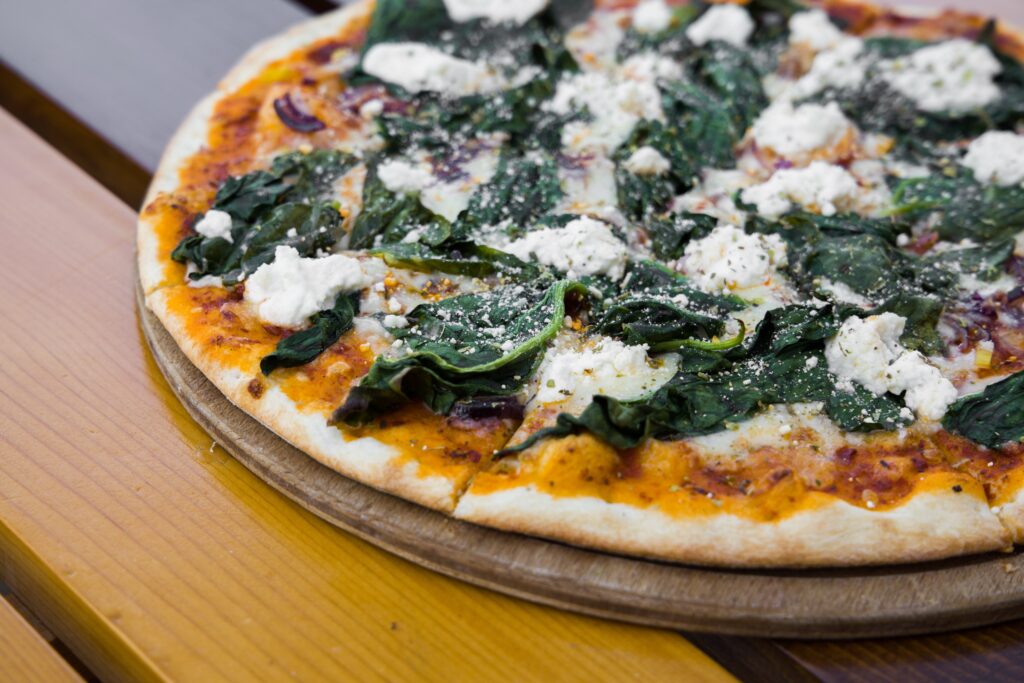
So yeah, I’ll take a slice to go with mozzarella, peppers and red onion for my snack, please.
Footnotes
1 If you know me well, you’re probably well-aware of my love of pizza, although you might previously have seen it articulated so thoroughly.
2 #NotAllPizzas! You don’t have to feel constrained by the
bread-plus-tomato-plus-cheese-plus-other stuff paradigm. Swap out the tomato sauce for barbecue sauce on the base of a meaty pizza with a spicy tang or omit it entirely for a
pizza bianca. Replace the cheese or remove it entirely for a vegan or lactose-free alternative. Or dispense with both entirely and spread pesto on your base, topped with
roasted vegetables! The sky’s the limit!
3 It is. What gave it away?
4 Obviously I prefer a lovingly-crafted hand-stretched pizza, freshly-made under ideal circumstances. But pizza is so good that it’s still usually perfectly acceptable even when it’s mass-produced at economy scale and frozen for later consumption, which is more than can be said for many foods.


